When Cameron Hooyer and Taylor Dickinson were preparing for their senior thesis in the University of Utah’s Multidisciplinary Design Program, they had no idea what they wanted to do. “I knew that both Cameron and I were raised in the mountains and deserts of Utah,” Dickinson said. “We both grew up backpacking and camping on our irreplaceable public lands.” So they did what they do best: they began designing and creating, taking ample breaks to play outside.
It wasn’t long before a realization hit them.
“I remember sewing a backpack prototype and thinking, ‘Where is this material coming from?’” Hooyer said. “Every product we consume has a source, a starting point. This bright green ripstop nylon wasn’t harvested from a tree. What’s the journey textiles take from the Earth’s raw materials to the bag on my back?”
The more they traced backward, the more they realized the world has a big problem: waste in production lines. Put more simply, what happens to all of that waste once production is done for the day? All the offcuts, all the rejected designs, materials, they’re all thrown away or burned. That’s it. Unless a company has adopted a proper recycling plan, which is highly unlikely, that “unworkable” material ends up either in the landfill or incinerated. It’s one thing to burn cotton, or untreated organic materials, but to burn large quantities of company’s proprietary technical fabrics is a different story.
And so, like a starving college student after closing time who sees the dumpster being filled with leftover bagels, they knew they wanted in.
The result? Situ: a design consultancy that aims to reduce textile waste worldwide by creating new products for softgood companies incorporating their existing production line scrap material and factory rejects.
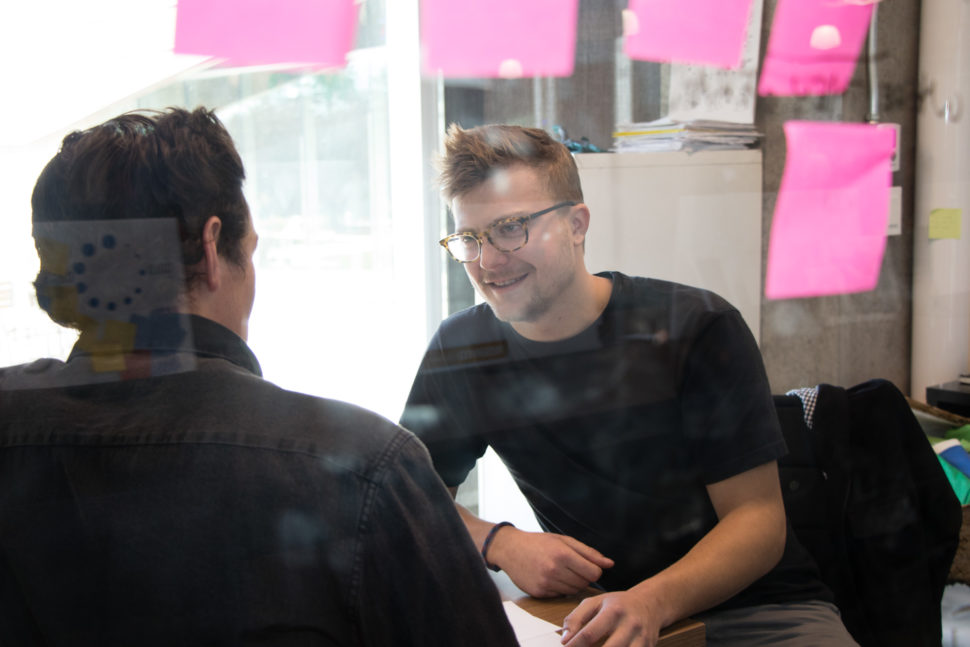
Situ is a design consultancy that aims to reduce textile waste worldwide by creating new products for softgood companies.
It works like this: companies are creating waste. It’s an ironic truth that the very existence of an outdoor company is destructive to outdoor spaces. They approach these companies and essentially run a private audit. Where is waste being produced, and what can be utilized most effectively? From there, the two get to simply be designers, creating new product for the companies. In between projects, Hooyer and Dickinson research the industry, exploring how material is produced and what ways it can be re-engineered to expand its uses. Hooyer explained, “We get to do what we love, and what’s more, we are working to protect the places we love. We’re not going to singlehandedly save the world, but it’s rewarding to see that every product we make is a step in the right direction.”
But they couldn’t have done it alone.
Says Dickinson, “We have a passion for sustainable design above all else, and frankly, we wouldn’t have developed our ideals or methodologies if it weren’t for the University of Utah’s Multidisciplinary Design Program.”
“It goes beyond our formal education,” Hooyer said. “The Lassonde Institute has been indispensable to us in our work.” He remembers a time when they were working in whatever free space they had accessible. “As a designer, having a permanent space to ideate and prototype is integral to a successful process. Not to mention, being able to launch a company from an incubating space at Lassonde Studios with the help of people who have done and are currently doing it really is quite helpful.”
When it comes down to it, Hooyer and Dickinson see their lives as dichotomous; they are designers by trade and outdoor recreationalists by heart. Situ aims to be the antidote in a world where outdoor companies in a large sense don’t seem to be putting a focus on preserving the spaces they need to stay afloat.
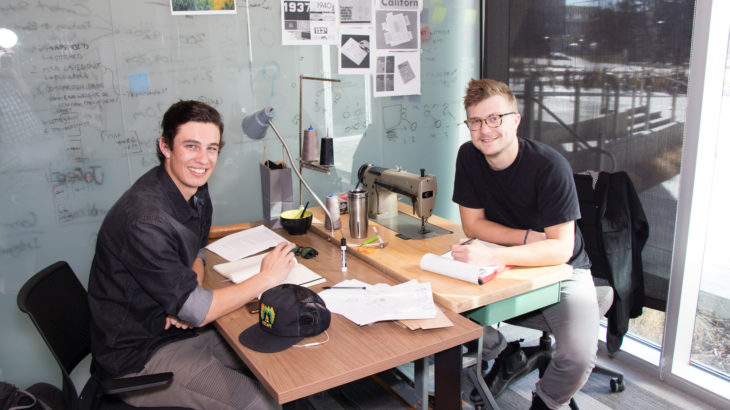



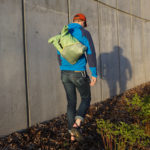
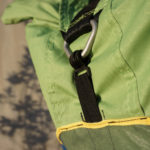
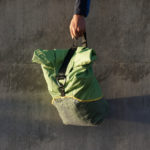



Looks like some great things going into and coming out of that program.
We think so too! Thanks for commenting.
IMPRESSED!
I’d love to interview the students and share their story and what you’re doing at Lassonde with my audience at FounderBy30.
How can I get in touch?
Hello, Chiedo,
Thanks for your interest. We’d be happy to connect you and provide any information you need.
Find general information and contacts for media here: https://lassonde.utah.edu/about-us/media-resources/.
We will forward your information to the student startup.